Mary Wood is a fifth-generation Oregonian who grew up exploring the Northwest's natural wonders.
But in her teens, she witnessed the farms, forests and wetlands she remembered from childhood decimated by urban sprawl.
That experience transformed her, bolstering a conviction that the present generation has a duty to conserve for future generations the natural inheritance that is key to human survival and well-being.
After graduating from Stanford Law School, Wood served as a judicial clerk on the U.S. Ninth Circuit Court of Appeals, practiced environmental law, then joined the UO School of Law in 1991.
Her 2014 book "Nature's Trust: Environmental Law for a New Ecological Age" made the case for a duty to future generations based on the ancient legal principle of public trust. It also introduced a new legal approach called atmospheric trust litigation.
That legal strategy asserts that the atmosphere, like other resources required for human survival, is a public trust resource that the government must protect.
"It would take a century, but we can potentially go back to a world of climate stability that many of us grew up in - and took for granted."
Mary Christina Wood
Philip H. Knight Professor of Law, University of Oregon
Wood doesn't litigate cases. Instead, she breaks legal trail, creating strategies for lawyers to consider.
Her strategy was put into practice in 2010 by petitions and court cases filed on behalf of youth across the U.S. by the Eugene-based nonprofit Our Children's Trust.
Climate change Q&A with Philip H. Knight Professor of Law Mary Christina Wood
How bad is climate change, and how do you stay hopeful?
It would take a century, but we can potentially go back to a world of climate stability that many of us grew up in - and took for granted. A world without the record-smashing wildfires, floods and hurricanes. However, the clock is ticking. An overwhelming majority of scientists say we need to reduce the current atmospheric carbon dioxide level of 420 parts per million to 350. Pre-industrial levels were approximately 280. If the planet heats up too much, nature's powerful feedback loops will start to take over. Think of it as approaching the climate cliff. We haven't fallen over just yet. The good news is that we have a feasible pathway to decarbonize in time. And over the past few years, society has started to head in the right direction, away from fossil fuels.
What's the status of your latest climate change legal strategy?
I'm working with four Environmental and Natural Resources Law Center fellows to draft a framework for harnessing natural, land-based climate solutions throughout our region. It's called the Pacific Northwest Framework for Atmospheric Recovery. We spent years researching and developing it, including working sessions involving scientists, rural communities, tribal representatives and others from Oregon, Washington and Idaho. Simultaneously, I'm talking to other law schools and encouraging them to create frameworks for their regions.
How is this different from reducing greenhouse gas emissions?
As we decrease the CO2 we're releasing into the sky, we also need to remove CO2 from our atmosphere. Think of it like an oil spill in the ocean. Of course, you fix the hole in the ship, tow it away and maybe mandate stronger, safer oil tankers. But you also have to clean up the oil spill! We must remove the legacy carbon that's in the sky now, at least 150 gigatons. That legacy carbon, not the carbon of tomorrow, is causing climate havoc around the world right now.
So how do we get all that carbon out of the sky?
Better land management and conservation can advance the effort tremendously by using nature's own engines to pull carbon out of the air and store it in plants and soils. We have disrupted these natural processes by clearcutting forests; destroying estuaries, wetlands and grasslands; and degrading soil through industrial agriculture. Natural Climate Solution projects, as they are called, essentially turbocharge nature's own engines by restoring the ecotypes that are known to draw down carbon and store it. These are the most researched, cost-effective and scalable of all our current options. For example, the Northwest's mature Douglas fir forests are known as the Amazon of North America because of their ability to store carbon. Some scientists estimate that these solutions, if maximized throughout the U.S., could sequester an amount approaching 21 percent of our country's net annual emissions.
How do you get people to act?
In our strategy, awards from litigation would fund "sky trusts" that would, in turn, compensate land managers for undertaking voluntary carbon sequestration projects. Ultimately, we hope the benefits, financial and otherwise, will inspire foresters, farmers, ranchers, tribes and communities to participate. These projects tend to offer benefits well beyond carbon sequestration. They can boost biodiversity, secure critical water supplies, promote water retention in farm fields, make communities more resilient against flooding and more.
Who's paying for it?
As with an oil spill, the responsible corporations should pay for carbon cleanup. In the U.S. there are currently more than 24 pending lawsuits brought by cities, counties and states against fossil fuel companies. But the current focus of those is to fund adaptation: building seawalls, roads, cooling centers and other projects for specific cities. Those Band-Aids will help those municipalities but fail to solve the growing problem of climate disruption. The first jurisdictions that win will be compensated for their losses, leaving nothing for the rest. And the climate will continue to spiral out of control. On the other hand, the proceeds from litigation could be used to fund projects that clean up the sky.
Has anything like this ever been done?
Yes, but on a much smaller scale and in different contexts. States have successfully sued for PCB contamination of public resources, and the funds have been used to clean up those areas. Marine oil spills are cleaned up using funds from the responsible corporation. Another example comes from California where corporations that had manufactured lead paint settled a lawsuit and the funds were used to remove lead paint from homes. In that litigation, there was a remediation framework in place to enable counties, homeowners and lead abatement crews to permanently solve the contamination problem. That's analogous to the kind framework we're developing, but this is much more far-reaching and longer in duration.
How does this framework work with litigation?
A judge needs somewhere to send the money recovered from corporations responsible for atmospheric carbon pollution. The framework provides a platform for putting the money to work in sky cleanup. It must be in place to organize and catalyze a funded regional carbon sequestration effort. We focused on four ecotypes: forests, farmlands, grasslands and wetlands. Drawing from scientific research and established practices, we compiled methods for conservation, restoration and changes in land management that will maximize the carbon drawdown while also creating other benefits. I hope it's the first of many other regional frameworks that contribute to a global effort.
What's a specific example?
Pacific Northwest coastal marine ecosystems such as intertidal marshes, estuaries and seagrass beds have tremendous potential to draw down carbon. Here in Oregon, we've lost more than half our tidal wetlands since Oregon became a state. Removing structures that impede tidal flow and restoring kelp forests are two specific actions that can boost carbon sequestration. Those measures would also reduce ocean pollution, provide nurseries for marine species and absorb wave energy to protect communities from storm surges, flooding and erosion.
What about agriculture?
Farmers could incorporate more continuously living roots and cover crops and reduce soil disturbance and tilling. Of course, there's more to regenerative agriculture such as crop rotation, mulching and integrated pest management. Scientists estimate that these and other farming changes, when extrapolated across the globe, could scrub significant amounts of carbon from the sky every year. Scientists in our region are also studying new techniques, such as accelerated basalt weathering: basically grinding up basalt, which is plentiful in our region, to create a soil amendment that sequesters carbon through chemical reactions. This can enrich the soil while storing carbon and could potentially replace the lime farmers currently use, which is produced using carbon-intensive methods.
What are some side benefits for communities?
There are a multitude. These practices can recover local biodiversity and increase fish and wildlife and riparian estuaries. Some lead to cleaner air, streams and groundwater. Food production can be greatly enhanced by practices that retain more water in the soil and increase its carbon content. Ranchers can often improve production by changing how they move livestock to avoid overgrazing. Communities, especially rural communities, may benefit greatly from job stimulation, as well as increased recreation opportunities and protected water supplies.
Why not bank on technology, instead of communities, to draw down CO2 from the sky?
Technology may play a role at some point, as these projects can't do the job entirely. But currently there's no technological solution that's feasible at scale, and we can't wait. The natural climate solutions are "shovel ready" and nimble. Through our framework, we aim to inspire communities to take up the challenge. We encourage them to share information with each other so they will gain more control over local ecological conditions. Rather than technology developed by global corporations that are detached from communities, the frameworks rely on communities to drive the process. Implementers will learn from each other's mistakes. The framework has feedback loops baked into it, so participants can constantly evaluate results and improve land management strategies. Like nature, the strategy must adapt. This effort is designed to grow organically from the land itself and the people who steward it, rather than from a top-down plan hatched in a corporate board room.
Could something so big and bold actually happen?
Our ambition must match the level of this global threat. Somebody has to start organizing. Most people think of law in terms of statutes, court cases and agency rules. This effort uses the law in a different way, as an organizing and catalyzing tool, and one that can envision litigation to bring funding to community drawdown efforts.
Image captions
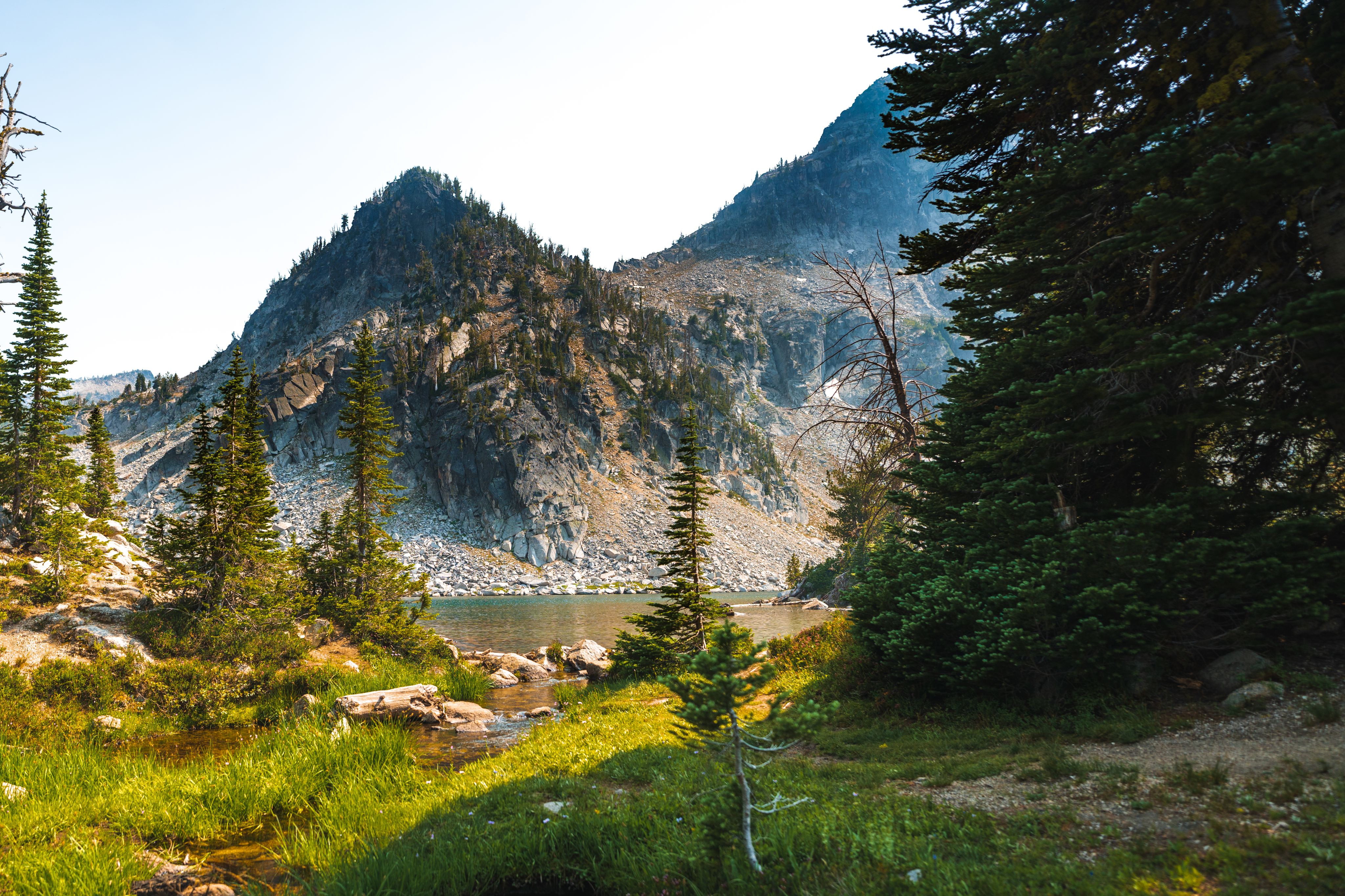
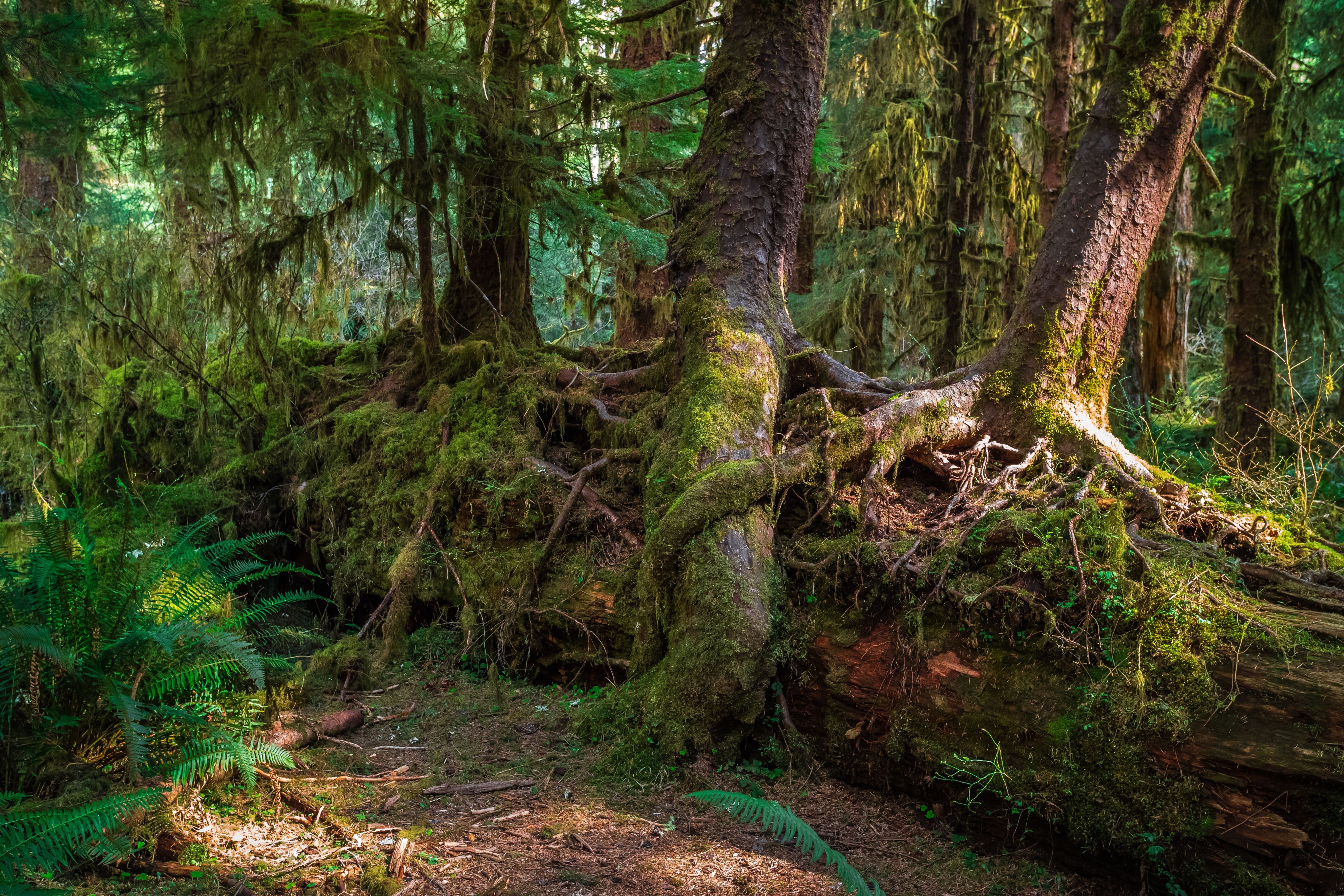
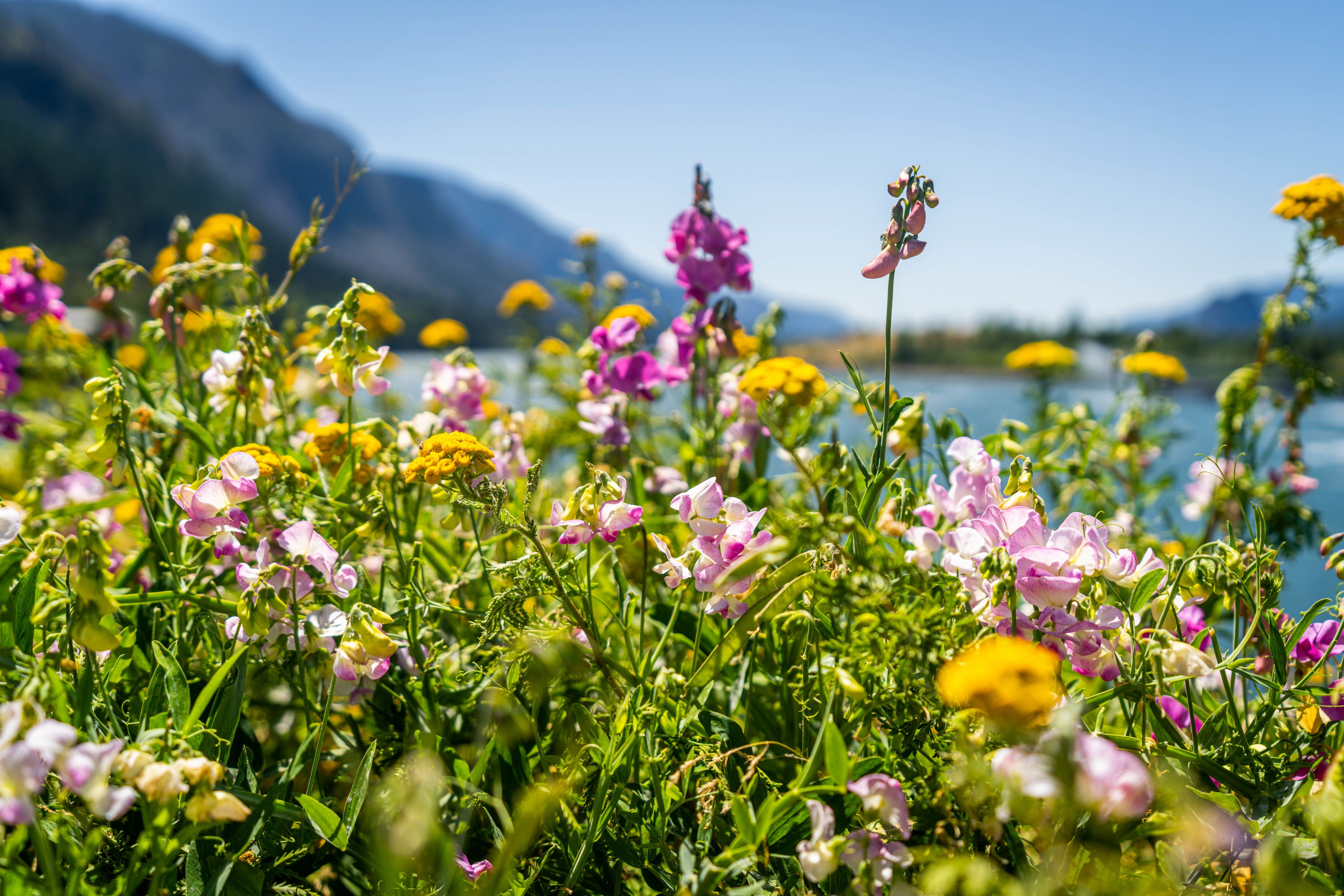
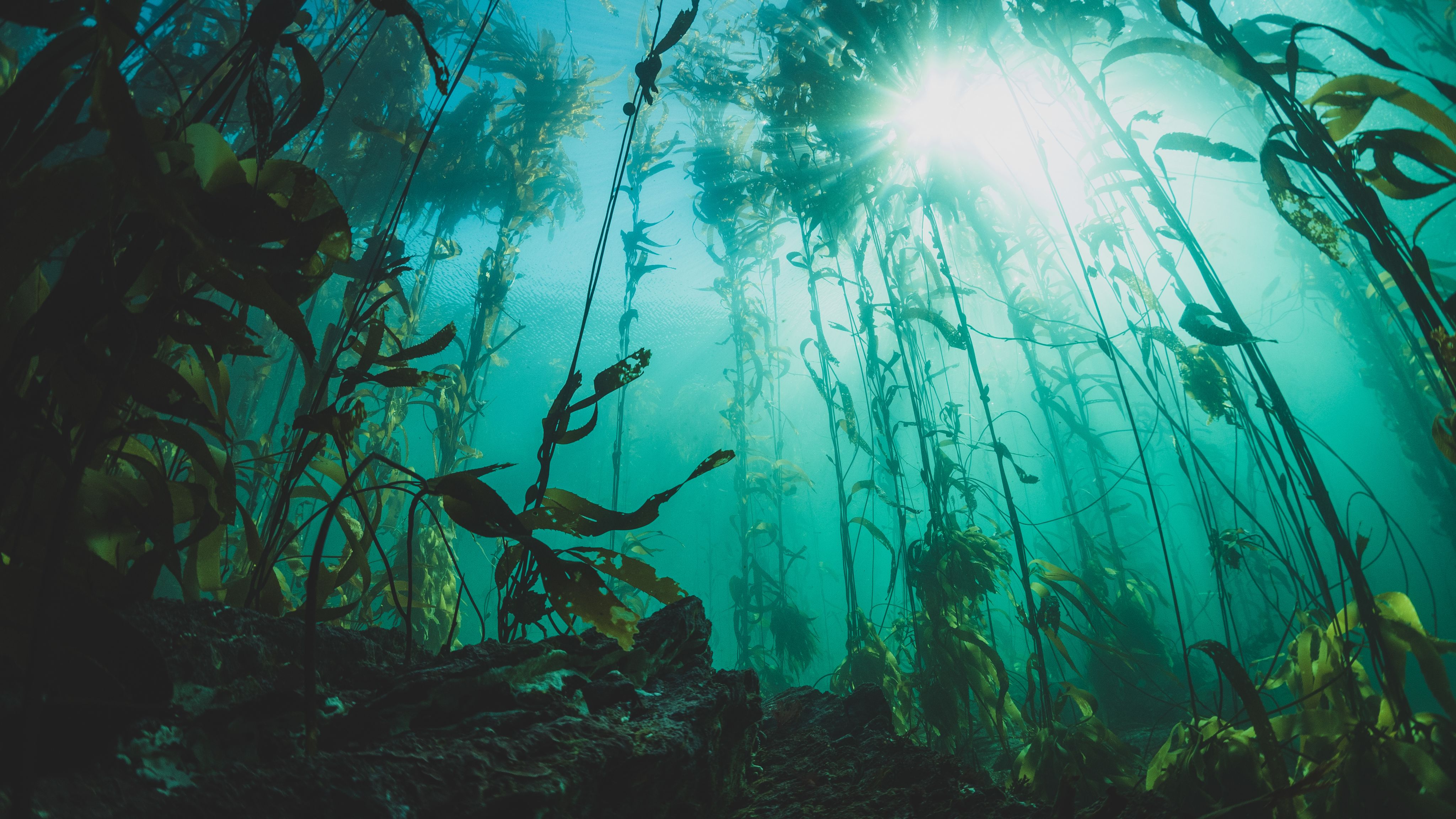
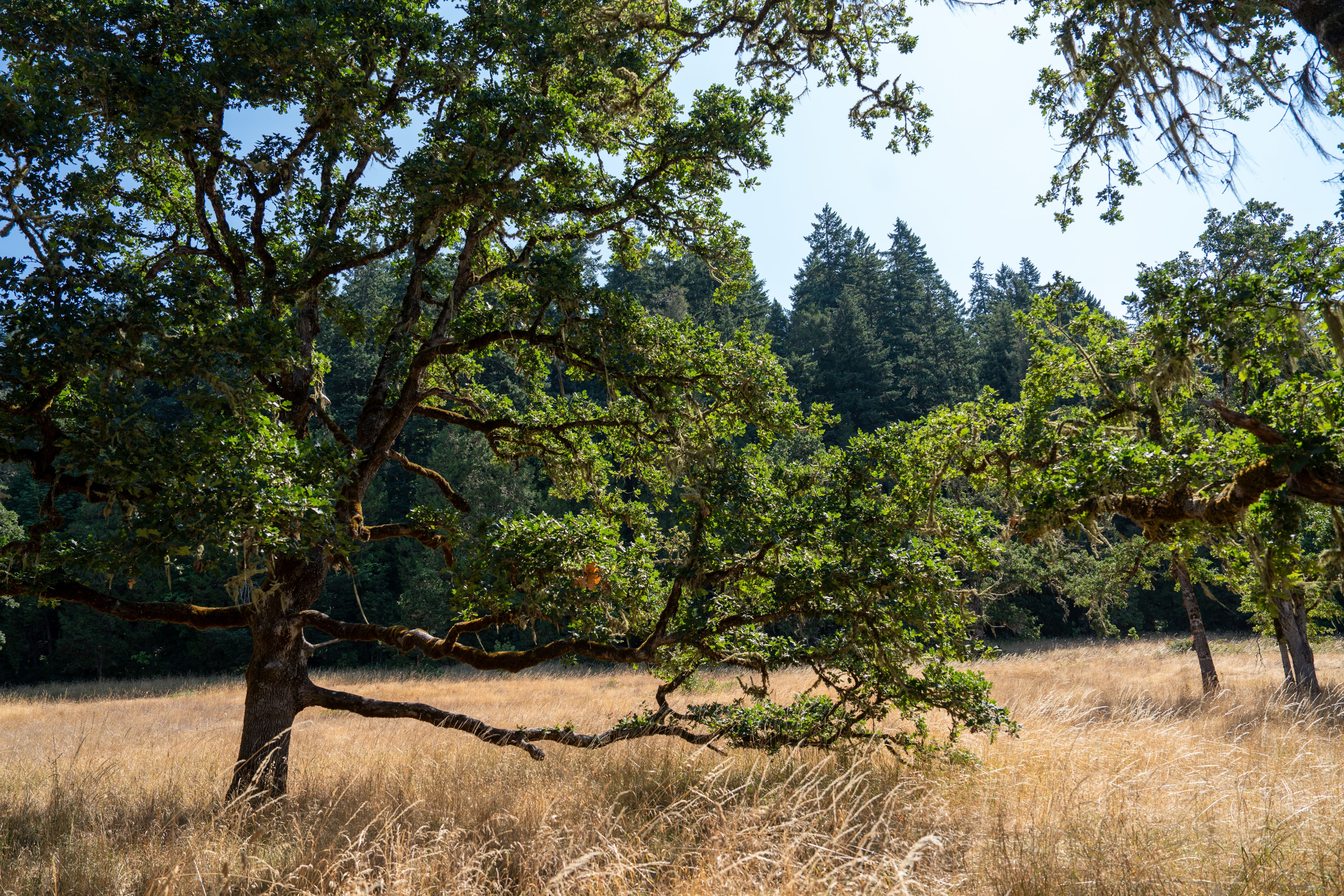
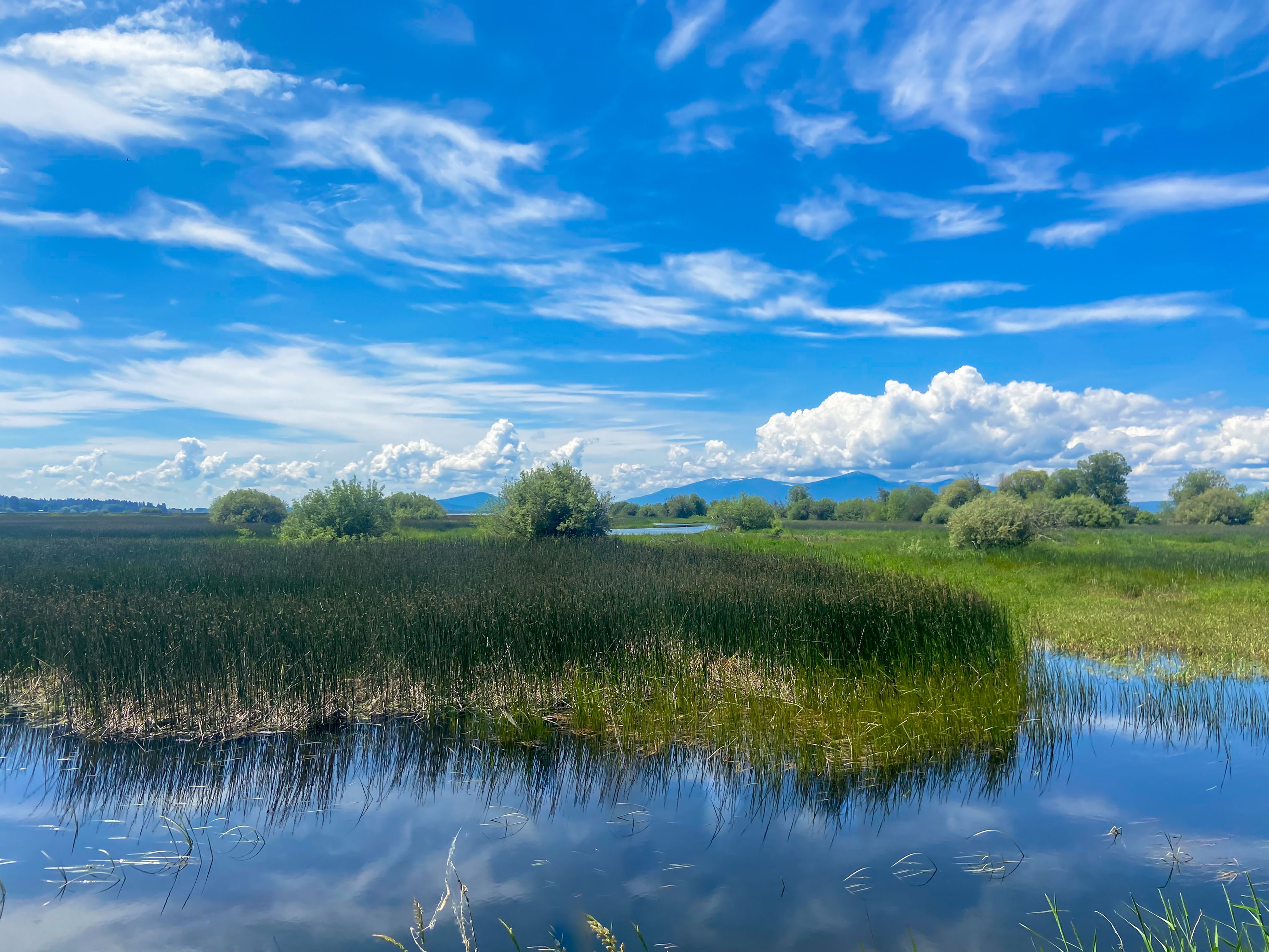
What are the next steps?
At some point, new institutions must form to guide and organize the regional sky cleanup efforts. I have proposed the Pacific Northwest Atmospheric Recovery Institute to lead this region's effort. It would be comprised of a consortium of universities from around the Pacific Northwest, with government agencies and other entities part of a broader advising collective. The institutions of yesterday were not made to deal with the urgent, global crises we face today. But with vision and resolve, the Pacific Northwest can lead a planetary effort that not only makes sense for climate recovery but turns the page from a very long history of pollution and extraction to a new and necessary era of ecological recovery, so that future generations might have a chance of living in the world that was bequeathed to countless generations preceding them.
"The institutions of yesterday were not made to deal with the urgent, global crises we face today."
Mary Christina Wood
Philip H. Knight Professor of Law, University of Oregon






